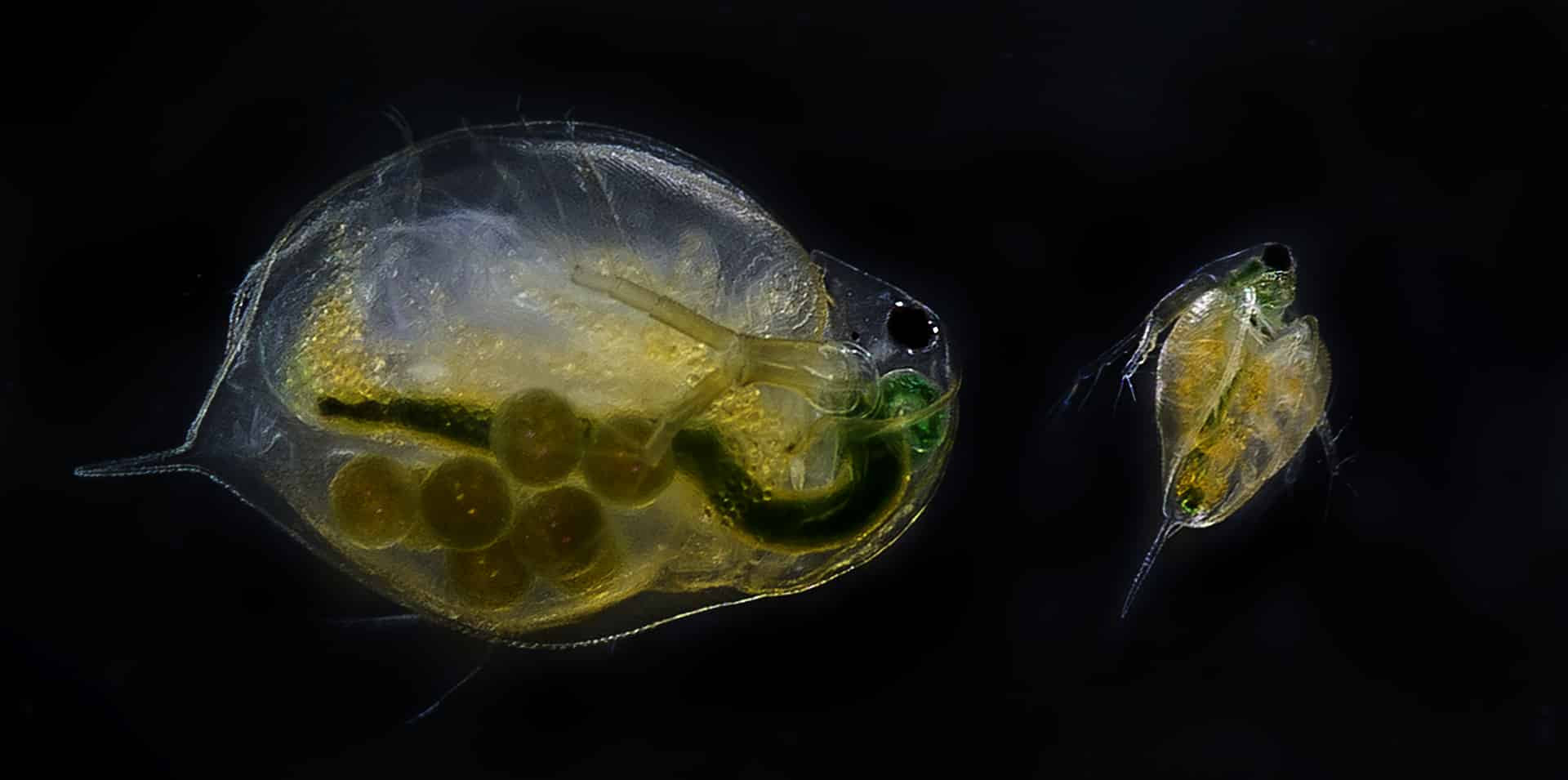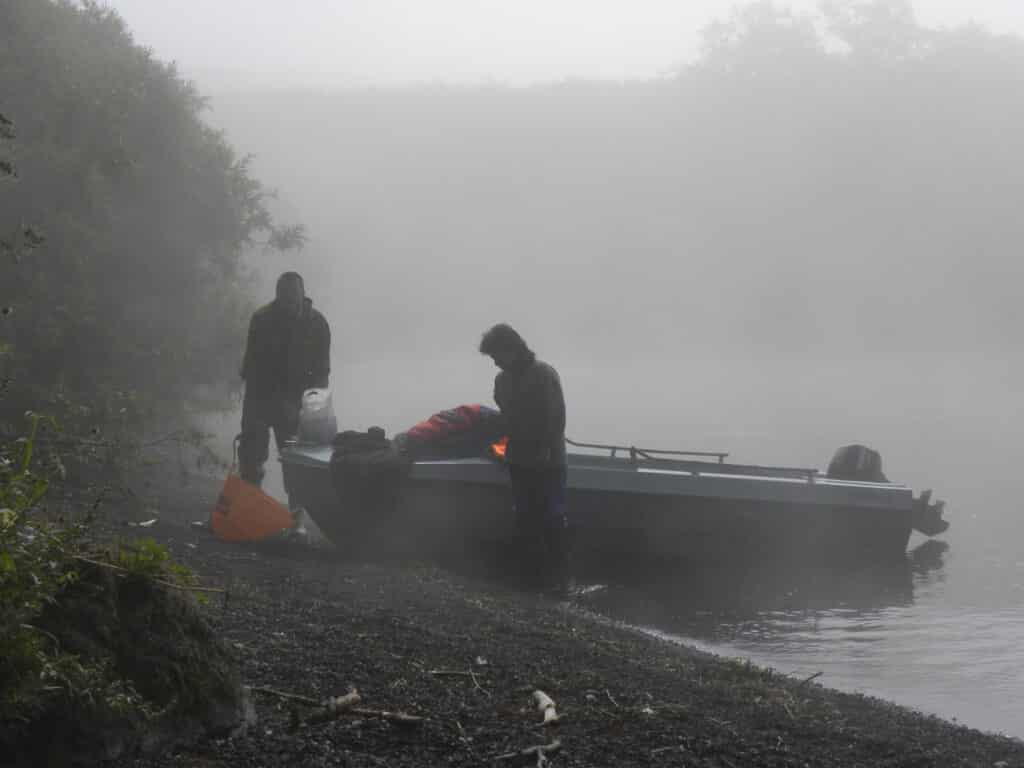
Russian scientists have established that glaciations, which occurred repeatedly in the Pleistocene, significantly affected the modern ranges of freshwater daphnia. These crustaceans colonized the waters where they can still be found today from a small number of lakes in Beringia, the land bridge between Eurasia and North America. The data obtained will help in the development of a complete biogeographic zoning of Northern Eurasia.
The results of the study, supported by a grant from the Russian Science Foundation (RSF), are published in the journal Water. Cladocerans of the genus Daphnia are one of the most common planktonic organisms in fresh water. They play an important role in ecosystems, in particular, many species of fish feed on them. Daphnia are widespread in many climatic zones, but due to the harsh climate, their diversity in the Arctic and subarctic regions is significantly reduced.
At the same time, in the course of the historical development of the Earth, there were several periods of freezing, when the temperatures on its surface were much lower than now. This greatly affected the habitats of living organisms, including crustaceans. For example, during the Pleistocene glaciations, many representatives of the Daphnia genus inhabited the Bering region, including Beringia itself, a wide land bridge connecting Eurasia and North America.
Russian researchers have studied the diversity of daphnia in the water bodies of the North-Eastern part of Russia, a region that is extremely interesting from a biogeographical point of view, but very difficult to access. For nine discovered species, the authors determined the sequences of mitochondrial DNA and, by the degree of their similarity, established how Daphnia differ from each other. Within biological species, it was possible to distinguish separate genetic groups.
Analysis of DNA segments and the occurrence of different species indicates the features of their demographic history. During the Pleistocene glaciation, individual populations of some species survived in the Beringian region, from where they later quickly re-distributed throughout the northern Holarctic, a region covering most of the Northern Hemisphere and whose southern border runs through Mexico, northern Sahara, the Himalayas and southern China. In addition, some daphnia re-colonized the northeast of Russia from North America through the Beringian land bridge.

“We found that the evolutionary scenarios of the various species of Daphnia living in the northeast of Russia were very different. Moreover, this region turned out to be a hotbed of haplotype diversity (sets of individuals that are absolutely identical in the sequence of a certain gene). Interestingly, the species living there are not endemic, although a certain territorial isolation of the area could contribute to this - instead, they turned out to be widespread both in Eurasia and in North America. The patterns we have identified apply not only to daphnia, but also to many other inhabitants of continental waters,” says Alexei Kotov, head of the project, supported by a grant from the Russian Science Foundation, Doctor of Biological Sciences, leading researcher at the A. N. Severtsov Institute of Ecology and Evolution of the Russian Academy of Sciences.
The study was also joined by the scientists from the Institute of Systematics and Ecology of Animals of the Siberian Branch of the Russian Academy of Sciences (Novosibirsk), the Yakut branch of the Russian Federal Research Institute of Fisheries and Oceanography (Yakutsk), the Institute of Biology of the Karelian Scientific Center of the Russian Academy of Sciences (Petrozavodsk), the Limnological Institute of the Siberian Branch of the Russian Academy of Sciences (Irkutsk) ), the Institute of Natural Sciences of the North-Eastern Federal University named after M.K. Ammosov (Yakutsk) and the Institute of Biological Problems of Permafrost SB RAS (Yakutsk).
Related materials:
InScience: "Daphnia survived in the Bering region during the Pleistocene glaciation"
Scientific Russia: "Daphnia during the Pleistocene glaciation survived in the Bering region"
Pro Science: 'Beringia's bodies of water became a refuge for daphnia during the Pleistocene
glaciation'
